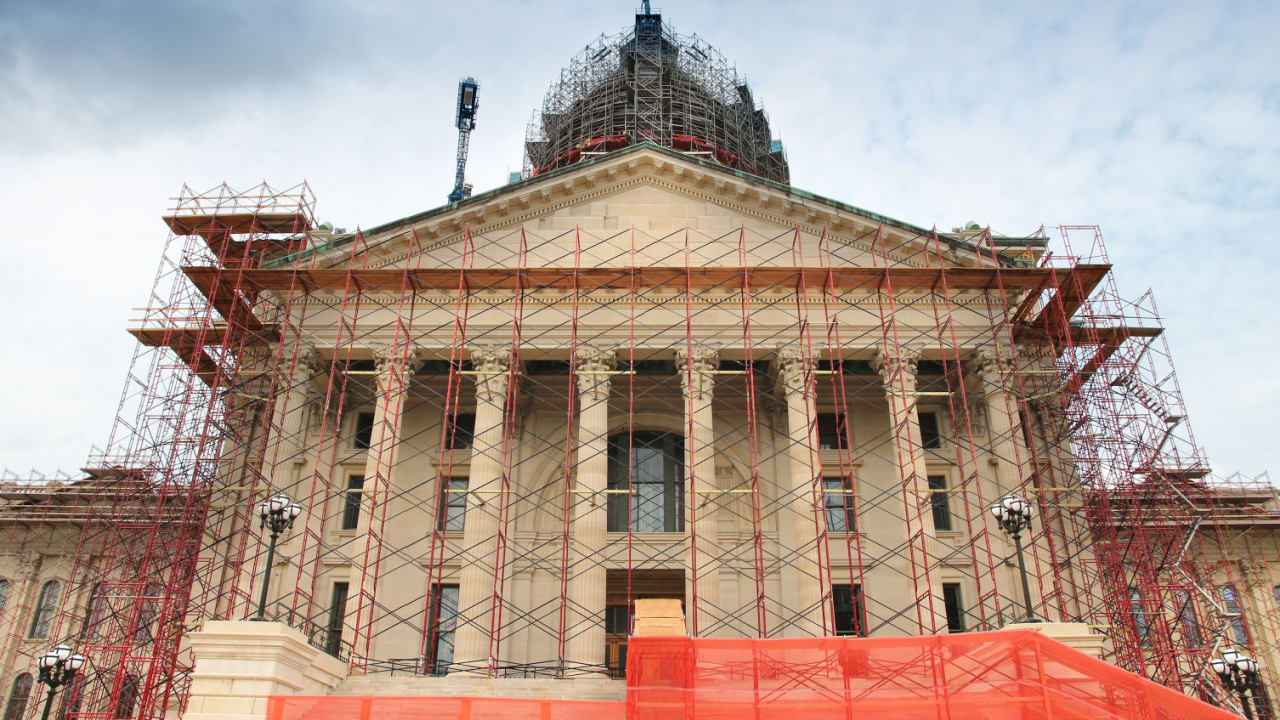
Trends and Challenges for the Construction Industry in 2018
What awaits the construction industry in 2018?
Contractors are looking ahead in anticipation and wondering what awaits the construction industry in 2018. Will 2018 continue along the same explosive growth trend seen over the course of the last couple of years? And will this be the year in which the skills gap begins to improve or does another year of scarce labor lie ahead?
In addition, various regulatory changes on the federal and state level are also expected to take place. Contractors will need to comply with new employer regulations, new safety rules and even some surety bond-related regulations, such as the adoption of bonding requirements for contractors in P3s in public projects.
What Market Trends and Challenges Await Contractors in 2018?
Growth rate
Growth projections in the construction industry for the coming year vary greatly, though the general trend and consensus seems to be one of slowing down. According to the American Institute of Architects (AIA) forecast, this year will see a decrease in nonresidential building to about 3.6 percent from last year's 3.8 percent.
Institutional construction was one of the sectors which was expected to offset decreases in other sectors last year. So far this has not occurred and this year is expected to see only minimal growth in this area - about 1.1 percent according to AIA.
Labor shortage
The limited supply of skilled labor will continue to plague the industry over the coming year. Even though construction employment in November 2017 increased to its highest level since November 2008, the general trend continues to be one of stagnation and lack of labor. At the same time, as labor remains scarce, its cost is expected to rise, creating pressure on contractors. To make things even more difficult, supply costs are also expected to increase in 2018.
Both of these trends are pushing contractors towards reevaluating current construction methods and technologies in order to stay on top of market demand. For some contractors relief may also come in the form of lower taxes with the passing of the GOP tax bill in December 2017.
Modular construction and automation
One way contractors have been dealing with the difficulties presented by the skills gap and increased material costs has been to increase their reliance on modular or prefab work. In some cases, offsite construction and prefabrication have reduced the necessary labor on a project between 50 percent and 60 percent. This trend is expected to persist and grow even further in 2018.
Similarly, automation is expected to retain a central place in the construction trends this year. 3D printing is just one example of how construction is shifting towards cheaper, faster and safer methods to cope with the challenges posed by rising costs and decreasing labor. Technological improvements such as the continued use of drones or of wearable technology to monitor labor performance and make improvement in real time are also intended to help offset costs.
Regulatory Trends
This year, contractors will need to comply with a series of new regulatory measures, both as employers as well as in their role of contractors.
"Ban the box" and credit reports for employment
A growing number of cities and counties (and the state of California as of January 1, 2018) are adopting so-called "ban the box" legislation that excludes criminal background check questions from work applications. Greater adoption of such laws is expected to occur throughout the coming year.
Along with this, more than 10 states have already adopted legislation to limit checks of job applicants' credit reports as a basis for employment. Inquiries about applicants' salary history are also being barred from a growing number of states. Both of these types of laws are intended as ways to limit discriminatory employment decisions based solely on the use of such information.
Protected time off
This year, a number of states are also either amending or introducing legislation to grant leave to employees in a variety of instances - from emergencies, to paid sick or family leave or so-called safe time in instances of domestic violence.
Contractor-specific regulations
As of September 2017, contractors have had to comply with OSHA's new silica rules. Under the rules, the permissible exposure limit (PEL) for respirable crystalline silica is reduced to 50 micrograms per cubic meter of air from 250 micrograms. The rule also requires contractors to introduce various safety measures to protect employees, as well as offer medical exams to exposed employees.
This year contractors in California should also begin preparing for OSHA's new safety rules regarding indoor heat safety which are to be drafted and proposed by January 1, 2019. These will require employers to devise Heat Illness Prevention Plans which are to specifically include procedures for the identification of heat hazards, rest and hydration procedures, as well as first-aid and emergency procedures.
And as of January 1, 2018, general contractors in California can also be held liable for subcontractor failure to pay laborers. Luckily, contractors are given a number of ways to protect themselves against the possibility of having to pay for labor twice, although the general message seems to be one of greater scrutiny when picking subcontractors.
Finally, another important trend seems to be the growing number of P3 legislation being adopted across states. Last year, Oklahoma, Hawaii, Arkansas, Nevada, Kansas and a number of other states adopted legislation that expanded the possibility for public-private partnerships. A number of other states, among which are Massachusetts, Michigan and New Jersey, are also expected to follow suit this year. Many of the above states have either adopted or are actively working on adopting surety bonds as a way of securing contracts and labor under P3 projects.
With P3 projects offering a great possibility to both businesses and states, such legislation is ultimately aimed at guaranteeing that such projects will be executed according to contract and, ultimately, with the public interest in mind.
Related stories








